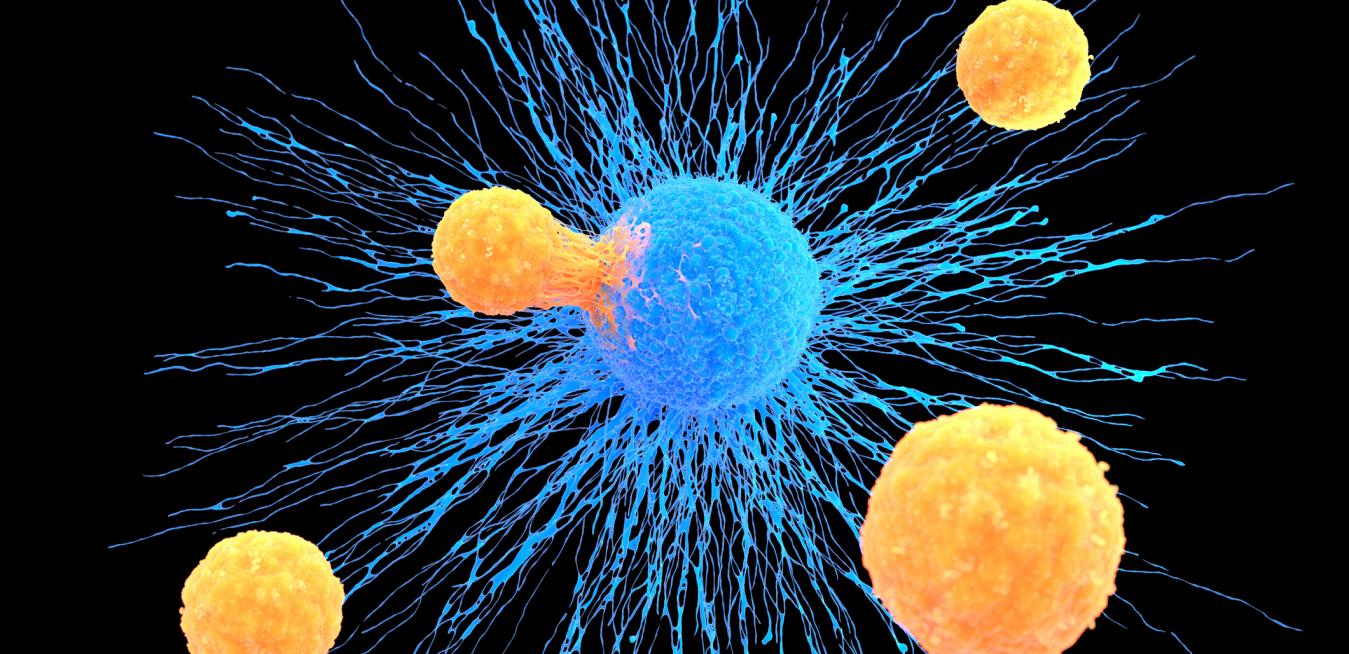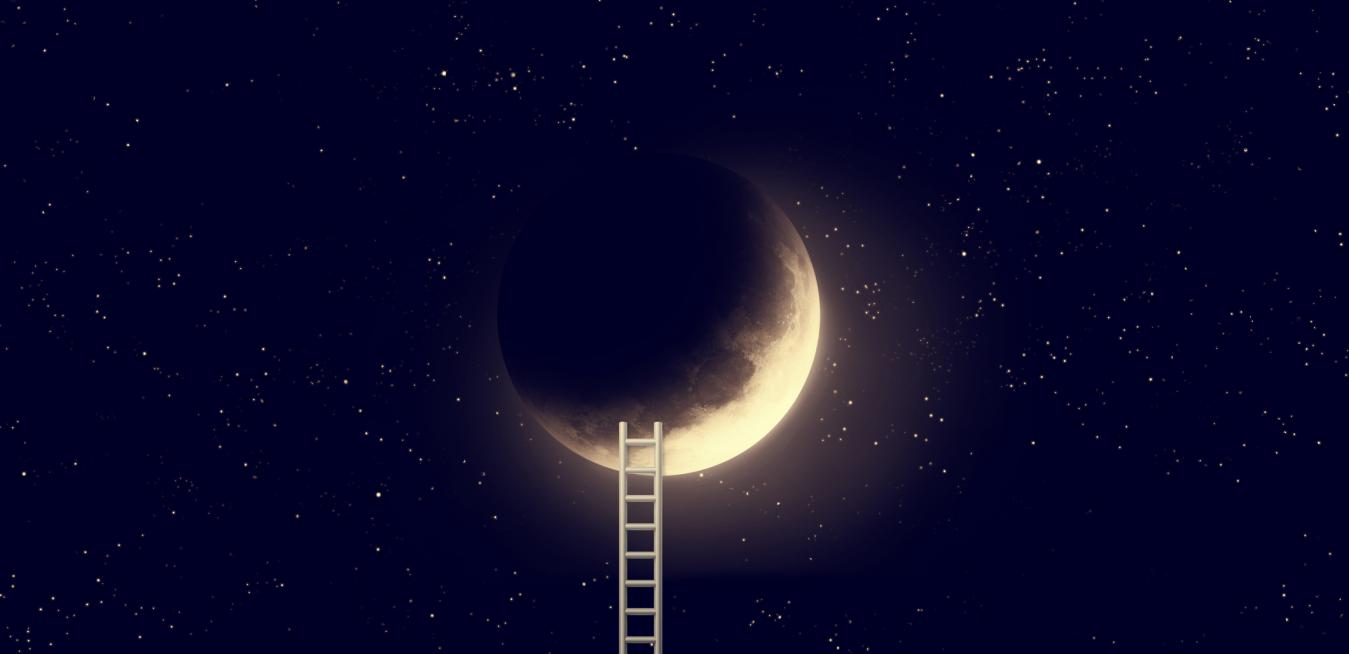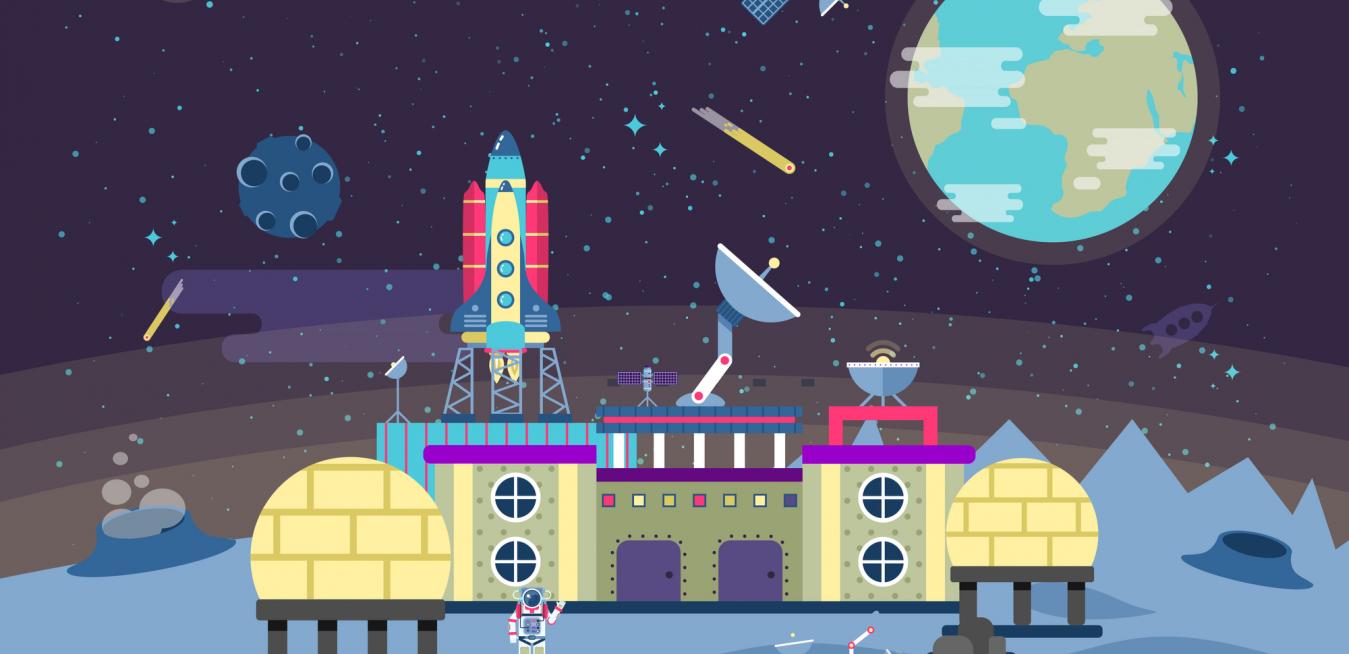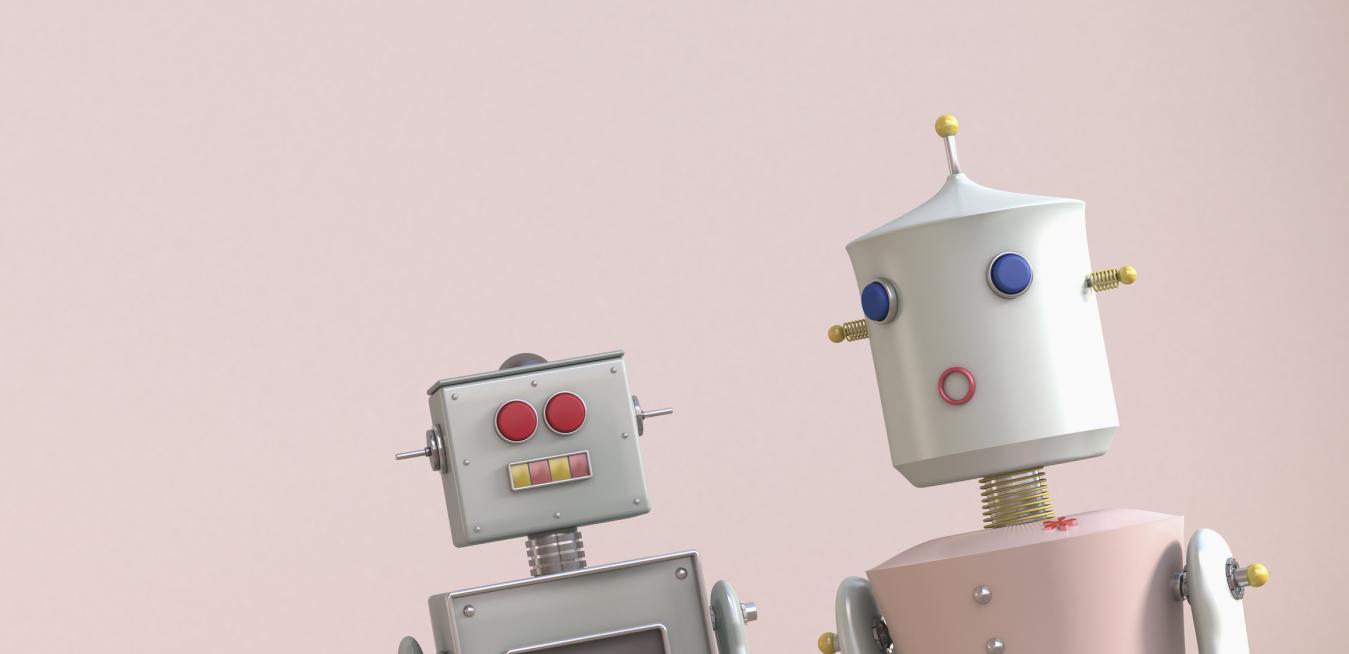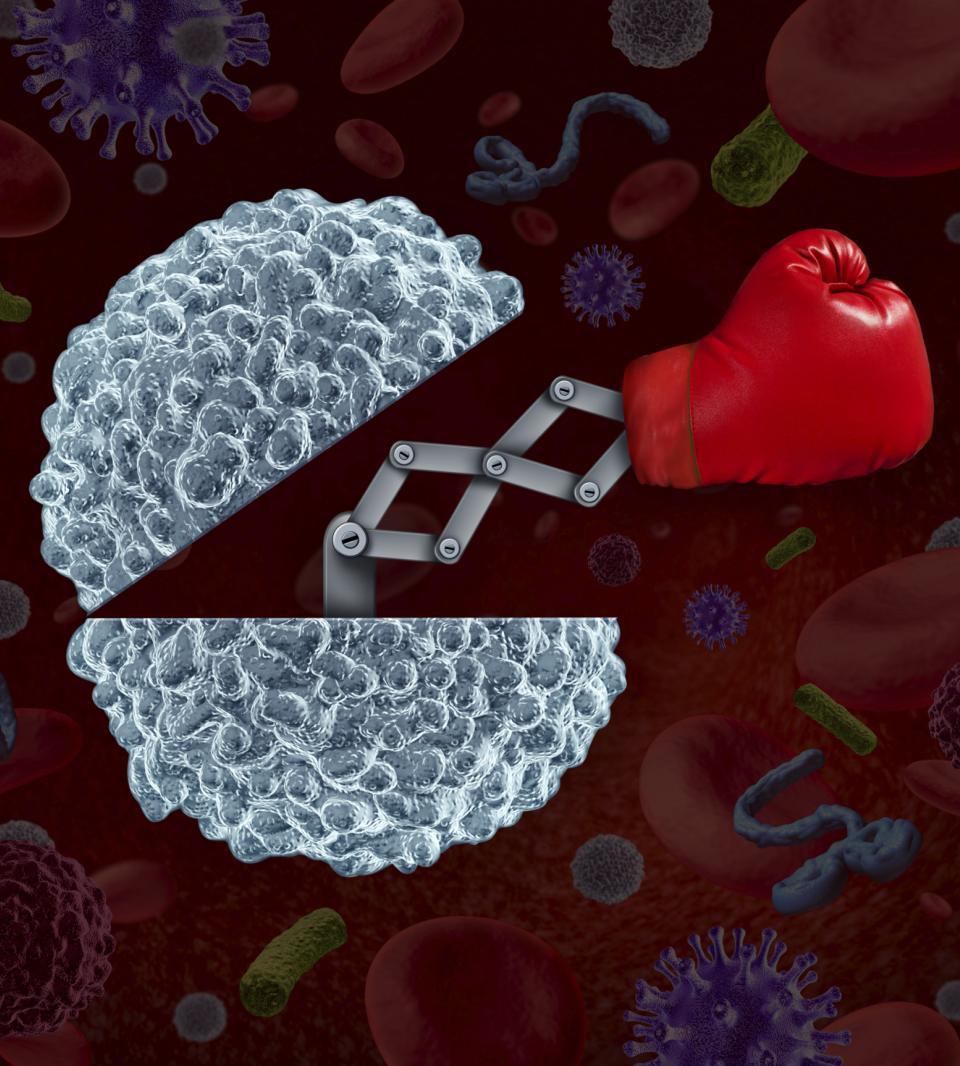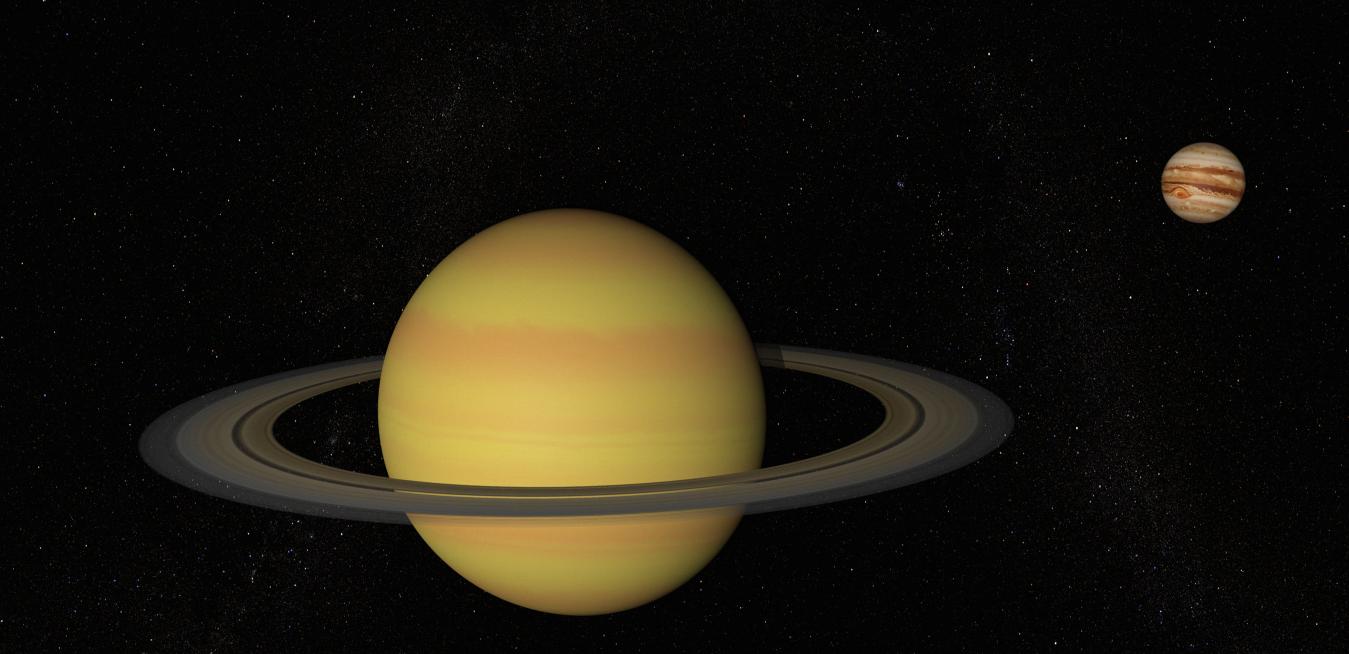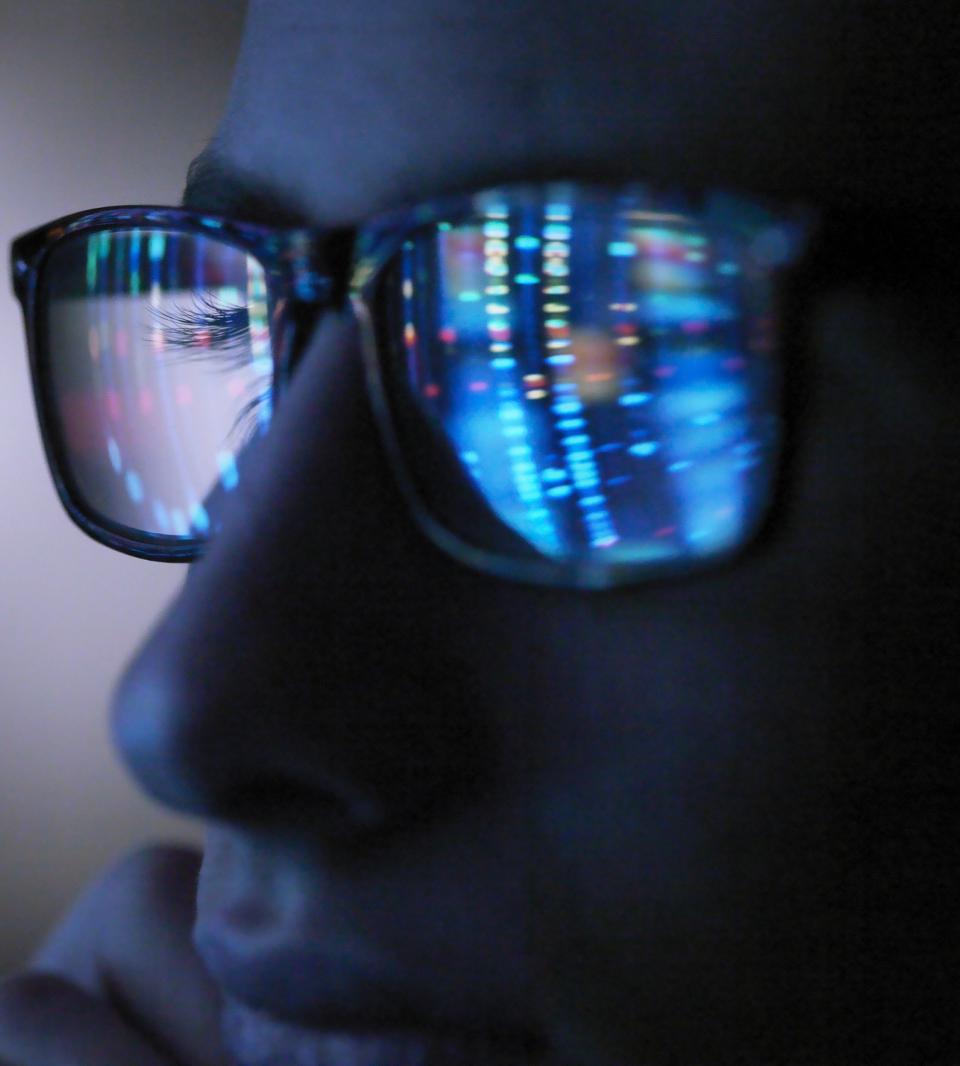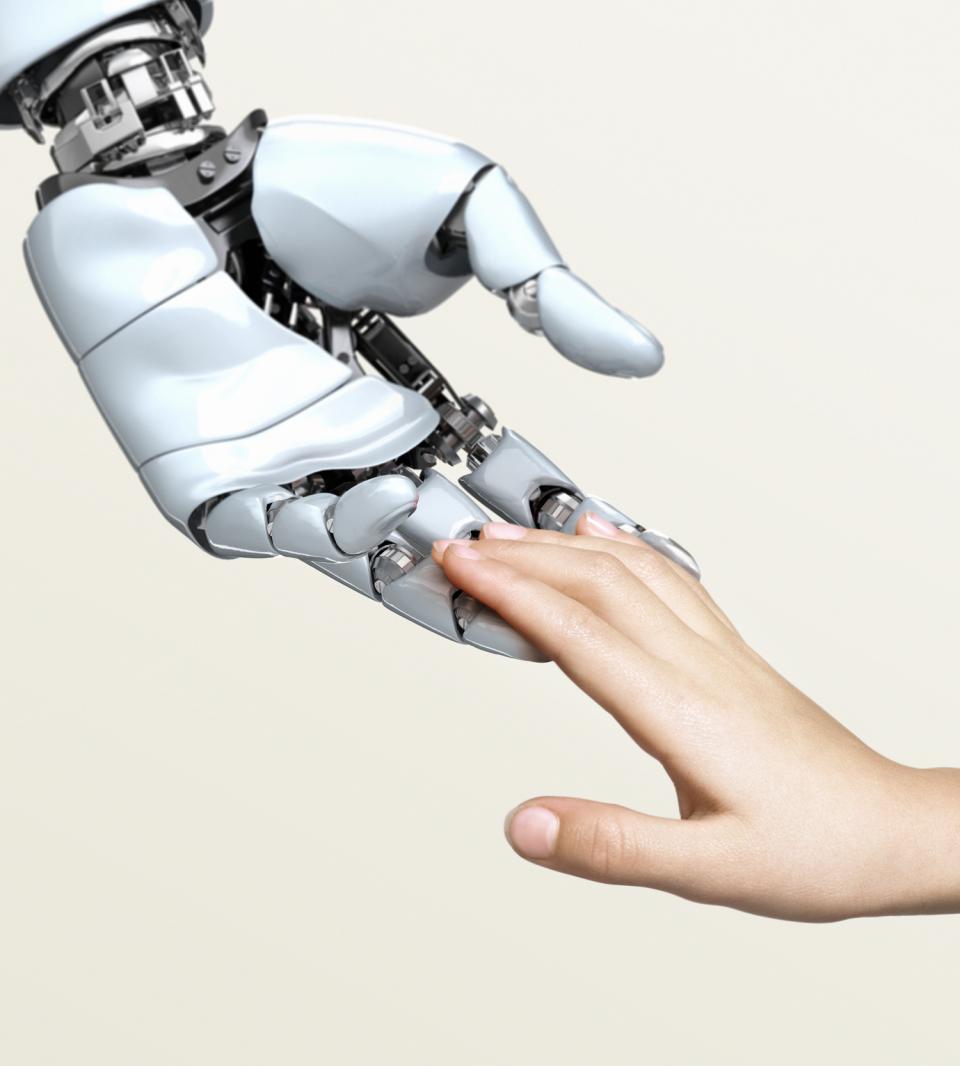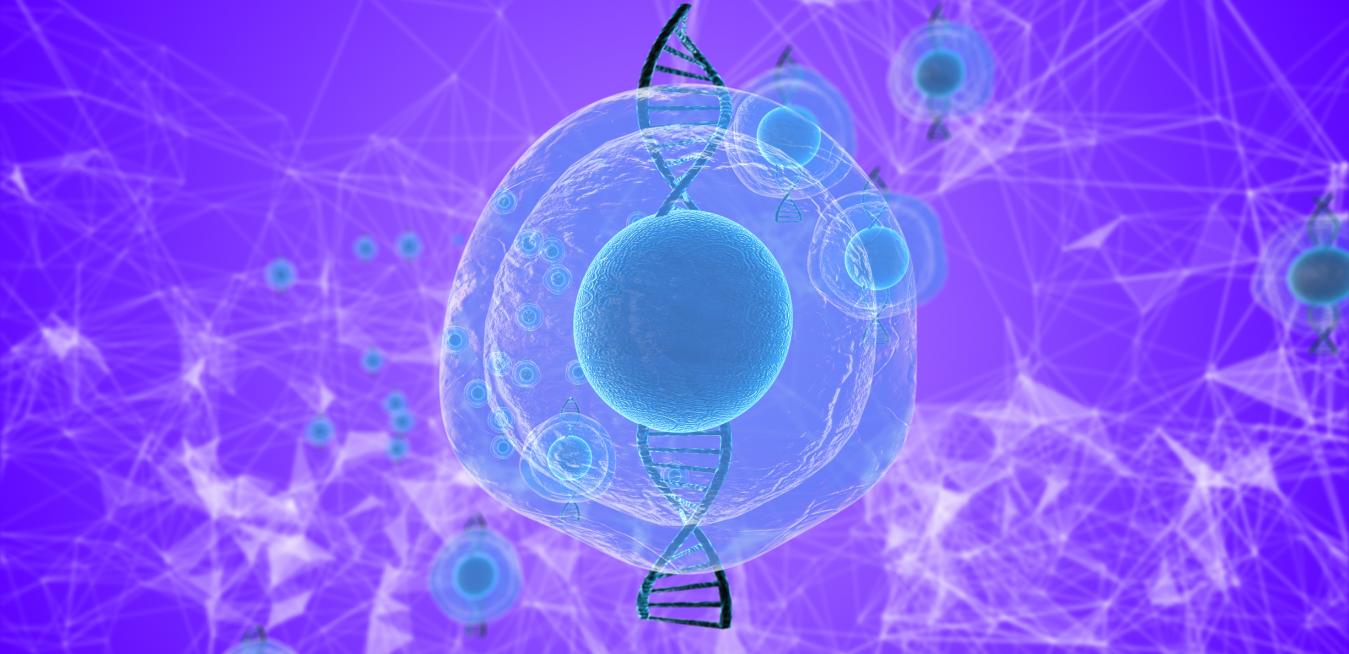Patients’ own stems cell could help treat their spinal cord injuries; AI helped design powerful batteries; and speedy data transfer tech leaves USB in the dust. This week’s coolest things are racing into the future.
DNA nanobots that build themselves. A “magical” material that keeps physicists guessing. Lucid dreamers transmitting Morse code in their sleep. This week’s coolest things are much more than meets the eye.
A virus that can sniff out and kill bad bacteria in the gut; sustainable hydrogen gas from sewage; and a 3D printer that adapts on the fly. This week’s coolest things are as dirty as they are dynamic.
Robots are developing quicker reaction times, paralyzed mice are walking again and NASA’s Curiosity rover has now spent more than 3,000 days exploring the Martian landscape. This week’s coolest things are all about science on the move.
Researchers found ways to make water desalination cheaper, the internet friendlier, viruses more predictable, and solar cells more efficient — and, uh, spicier. Read on to find out how in this week’s coolest scientific advances.
Octopi, squid and cuttlefish inspired scientists to create materials that contract like muscles and change color when exposed to light, while elsewhere researchers figured out what makes jellyfish such good swimmers — which could lead to the design of better vehicles. There’s plenty of cool things to learn about on Earth this week — but not just Earth. Read on to learn about what’s happening in the next solar system over.
The world’s most abundant element, hydrogen is at the center of two intriguing scientific advancements this week. One involves an experimental zero-emissions plane, the other proposes a way to supercharge solar energy. Elsewhere in this week’s coolest things — and elsewhere in the solar system — get ready for a rare planetary light show that will be easily visible with the naked eye.
Researchers used a gene therapy injection to restore sight to patients with a degenerative nerve disease, new batteries from Toyota could be a “game changer” for electric vehicles, and scientists came up with a new way to grow livers in the lab. Also in this week’s coolest scientific findings? Synthetic microparticles that are surprisingly good swimmers.
This week’s coolest scientific advances include a couple of bona fide big deals — in biology, where AI has helped unlock a long-standing problem, and in the highly weird field of quantum mechanics, where a new computer system can perform calculations almost 100 trillion times faster than existing classical supercomputers. Does that seem hard to grasp? This roundup also includes news of an AI-enabled robot hand that is great at grasping.
It took scientists just a few minutes to create diamonds in the lab, a team at Carnegie Mellon University developed a 3D-bioprinted heart that could be a huge help to surgeons and medical researchers, and another group devised a magnetic spray that can turn any tiny object into a tiny robot. Here are this week’s coolest scientific findings.
